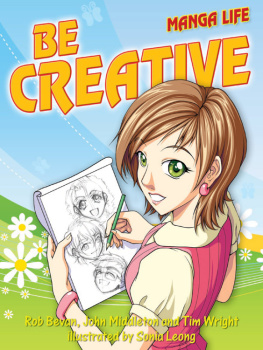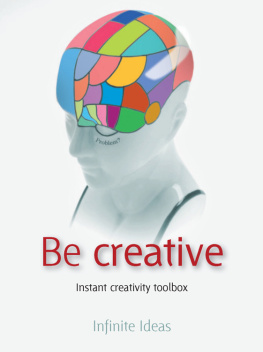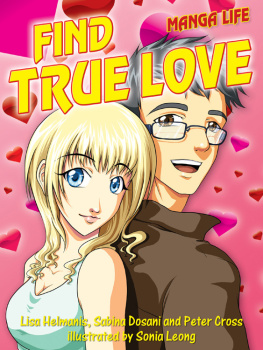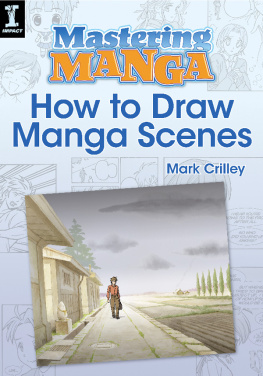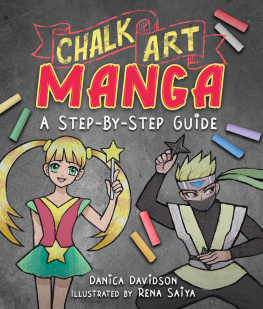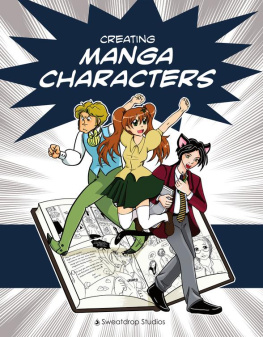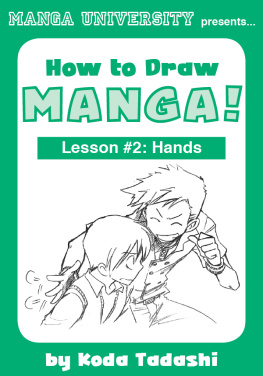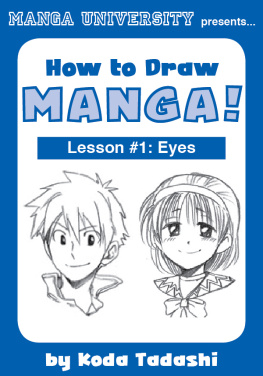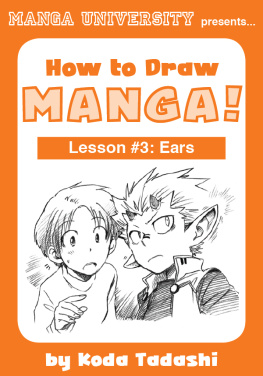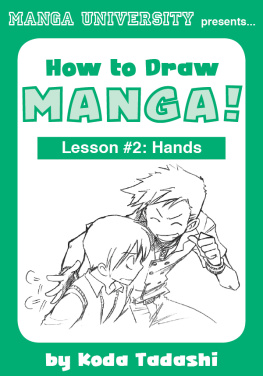Introduction
Creativity is something were ALL born with. We all began life with the ability to play, to experiment, to examine things until they break and then to throw tantrums when we werent able to change the world around us. Trouble is, many of us forget that creativity has its roots in these childhood abilities and that growing out of them doesnt just stifle our inner child, it stifles our creativity.
The next thing youd probably like us to say is that being creative is easy. It isnt. Creativity is hard work, or at least something you need to work hard at. Recognising that you need to apply the same discipline to your creative life as you do to what you normally think of as work is a big step to becoming more creative. Knowing what you want to do and then what you have to do to make it happen is one big difference between adult creativity and childs play. This realisation means that next time you get the urge to change the world around you, instead of just throwing a tantrum like a child, youll have the means to do so.
But if this is all beginning to sound like too much hard work, as you read on youll also find some great suggestions about how to make work seem more like play. If theres one thing this book sets out to convince you of, its this: you need to take your play time more seriously and have more fun at work.
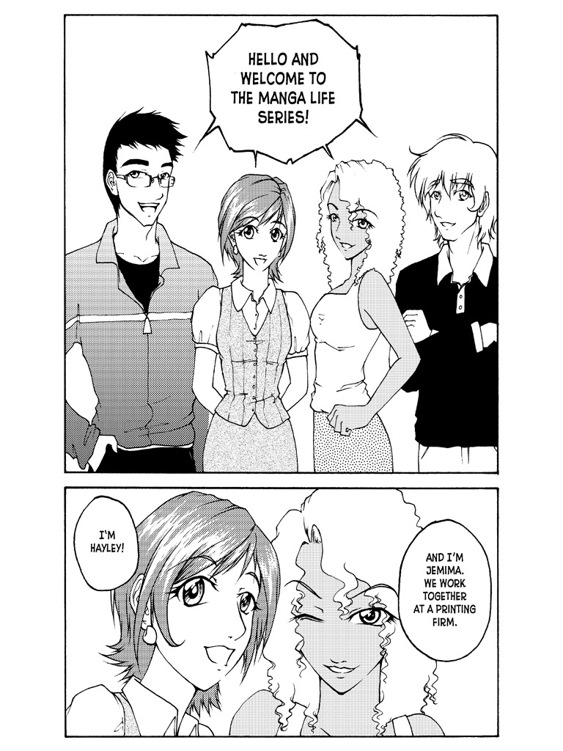
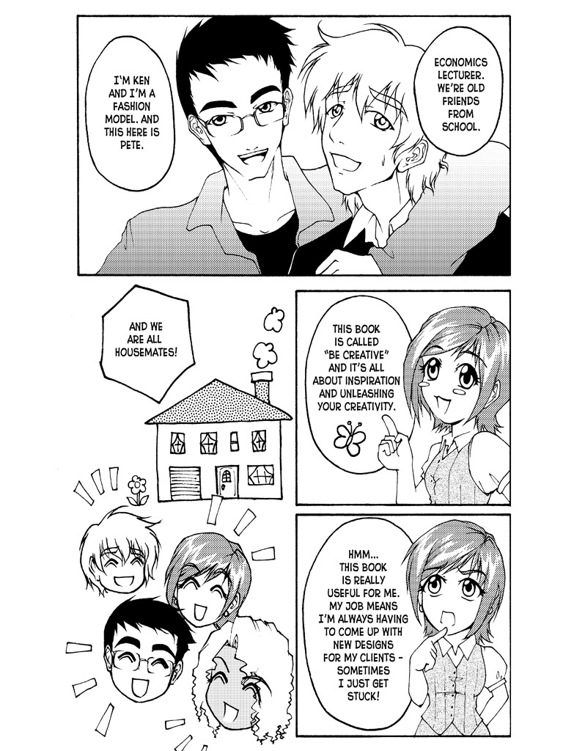
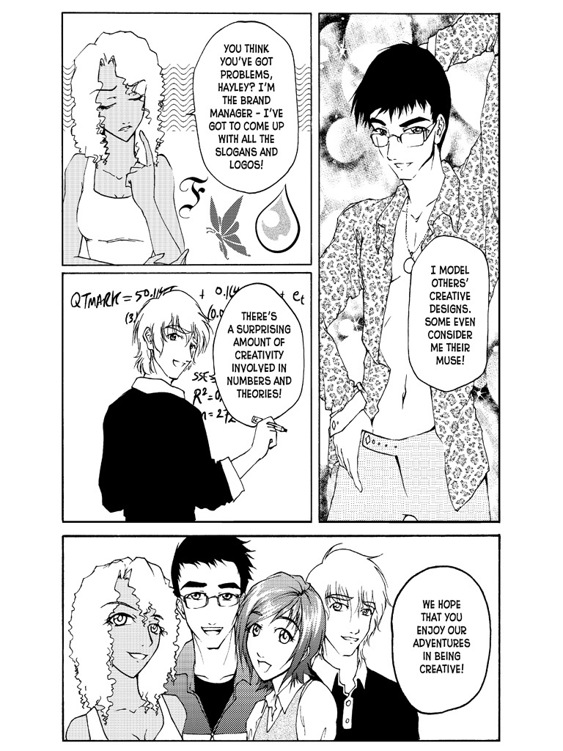
9. Free thinking
Here are some tips on how to create an environment in which you and others can think optimally.
Sometimes a good idea can come to us when we are right up against it. After all, as the saying goes, necessity is the mother of invention. Most of the time, though, we dont lead think-or-die lives. In general, our thinking happens in relatively safe everyday environments. Sometimes we have a degree of control over those surroundings, and sometimes we just have rub along as best we can in somebody elses idea of a good thinking environment.
Given that many of us now work in the knowledge economy and that we are being paid to think rather than to undertake repetitive manual work, it makes sense to ponder upon the ideal conditions that enable us to think to best effect.
So whats your optimal thinking environment? If you dont know the answer straight away a useful starting point might be to reflect on what has worked best for you in the past. Perhaps your best thinking environment depends on the place. Maybe time is a more important factor. What do you do to protect this environment from unhelpful distractions?
Remember that sometimes what we think of as optimal for us is just whats most familiar. You might well find that the short-term pain of trying something new yields long-term gain when you find new and better ways of doing things.
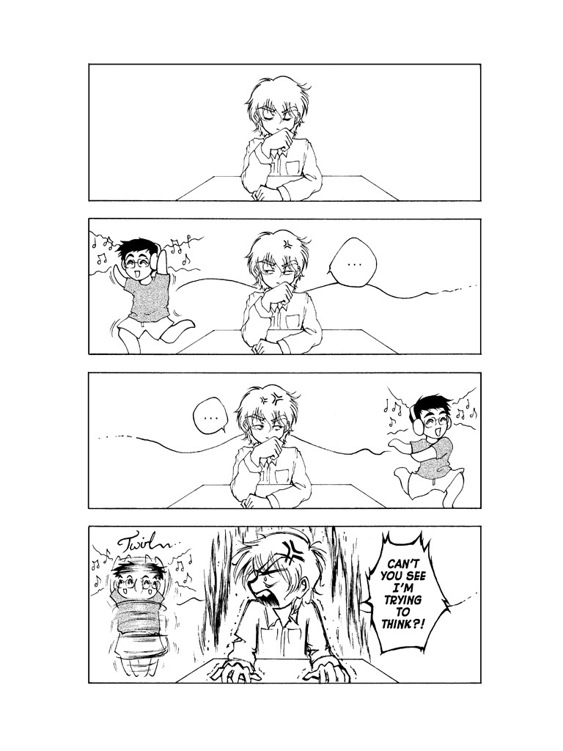
10. Smash it up
Want to try a new angle on being creative? Take a break from the digital world.
Have you noticed how much creativity these days has nothing at all to do with handling and manipulating physical objects? So, just for a change, get physical and spend some time enjoying the tactile quality of exploring physical objects. Consider the play of young children, or young animals in the zoo: it involves an inordinate amount of smashing and bashing. Out of this physical exertion, creative thought processes emerge.
To divorce creativity from the business of making and manipulating is bogus. If nothing else, keeping your hands busy will allow your brain to wander fruitfully. Concentrating on the physical properties of the world around you is also a traditional way of connecting with your spiritual side. Its no coincidence that most religions adopt a series of physical rituals as part of the act of worship.
Pick up something within easy reach right now a coffee cup, a phone, whatever and spend a few minutes manipulating it with your hands. Explore its surface with your fingers, feel its texture, and enjoy its weight as you raise and lower it. Start getting under its skin. Scratch it. Knock it about a bit. Perhaps drop it from a height onto a hard surface and if your once-cherished item is now in bits, are there sharp fragments with a different texture? Do the dents and bumps reflect light in an interesting way?
Begin to see how smashing things up can change the way you perceive things and nurture your creative train of thought.
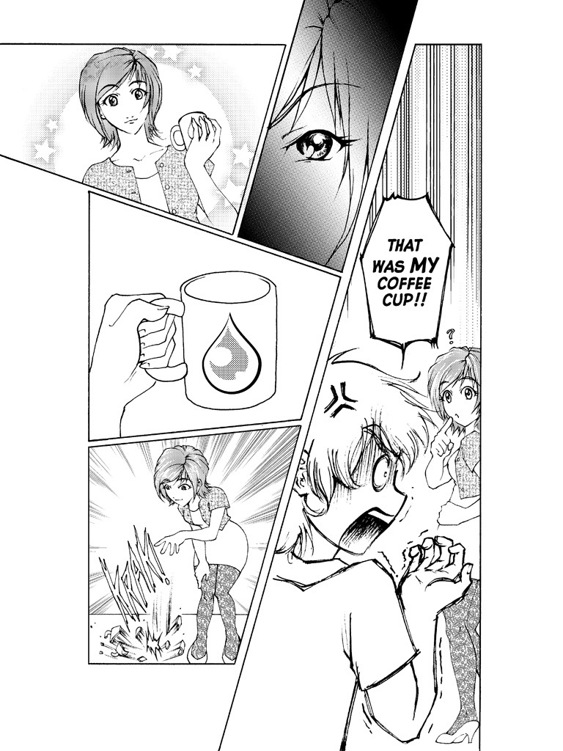
11. Take a new view
Youve probably been told before to consider the bigger picture. But how do you get yourself into a position to do it?
The next time you want to get a better handle on a situation, try and inspect it from on high, either literally, by standing on a chair or climbing a ladder, or metaphorically, by imagining yourself looking from very far away at all the things that are currently up close and personal. This will help you gain some mental and emotional distance from the things and people you work with, and help you to think more clearly about the possibilities open to you.
Taking different viewpoints can also force conceptual changes. Heres an exercise you can try in the privacy of your own desk. Take a relatively small object, such as a cup, stapler or bulldog clip. Now subject your object to a series of experiments that will force you to look at things in a different way. Keep a notebook handy and write down all the thoughts that occur to you.
Turn your object upside down. How has its shape changed? Does it look like something else? How has its function been impaired by being upside down? How might it become useful as something other than what it is? Draw it roughly with your non-drawing hand so that you have a deliberately nave and scruffy sketch. What does it look like now?
The important thing is always to challenge yourself about how you perceive the object, how you use and abuse it, and what it could potentially become given your changed perspective.
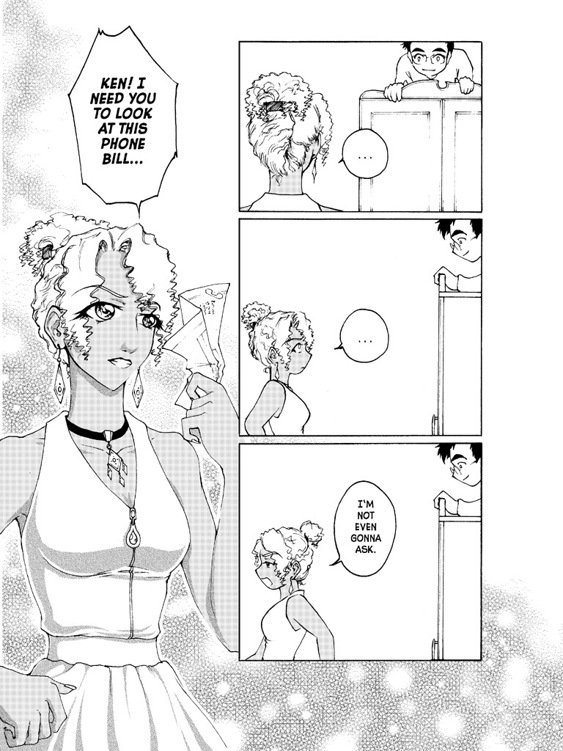
12. Take risks
What would you put on the line to be more creative? Risk taking can radically change the way you live.
How conservative or radical you want to be with your ideas is very much a personal decision, but you do need to understand the scale by which you can measure those ideas. For example, think back carefully to moments in your life when you have felt at risk or exposed in public. How did you react to each situation? Analysing these events honestly should give you a closer reading of what your personal fears and inhibitions are. You might have been very creative in ignoring or suppressing them but you should also think of developing creative ideas that confront and expose those fears.
Another important question regarding your risk assessment is: what have you got to lose? List all of the things in your life that you value; that define who you are; that make you happy. Score the importance of each out of ten. Now, think of an action or a situation that would put each one in jeopardy. Make each the subject matter for your next creative project and consider how you would cope with losing them or at least exposing your own dependency on them in public. Follow through the consequences of some of these what kind of creative work would lead to such losses or exposure?
Next page
